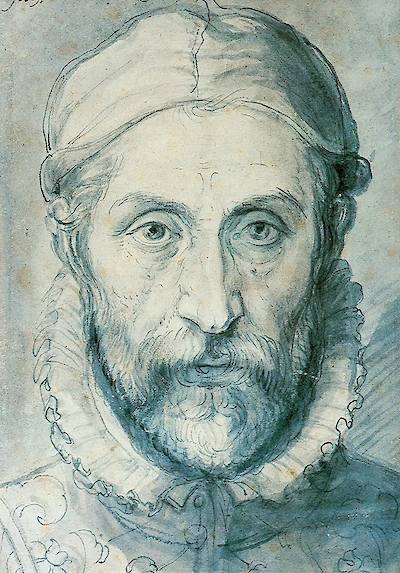Giuseppe Arcimboldo
Why take art so seriously?




The Viennese royalty must have had a sense of humor. In 1562, Giuseppe Arcimboldo became the court portraitist, a position of honor and dignity, for Ferdinand the First. Generations of court painters had set the bar for stiff formal portraits of kings and dignitaries, and along comes Giuseppe painting everyone as piles of fruit.
But the Hapsburg court was as different as Arcimboldo’s surreal portraits—a hotbed of ambition, drawing intellectuals and inventors from all over Europe. Arcimboldo himself moved from Milan, and turned full polymath in Vienna, inventing a type of harpsichord, designing costumes, and writing poetry for the royals. While he painted a number of classical portraits, it was his constructions that captured the imagination of the court. Arcimboldo took care to portray his subjects in forms that spoke to their interests: “The Librarian” likely depicts the historian Wolfgang Lazius, and the “Four Seasons” aimed to capture the harmony and plenty of the Hapsburg empire.
Was Giuseppe Arcimboldo ahead of his time? Oddly, no. His work was provocative and well-received in his day, and his influence persists to this day, from the Surrealists’ personification of inanimate objects to the composite photographs overused by modern advertising, Arcimboldo taught us to love the double-take.